#moors
Text
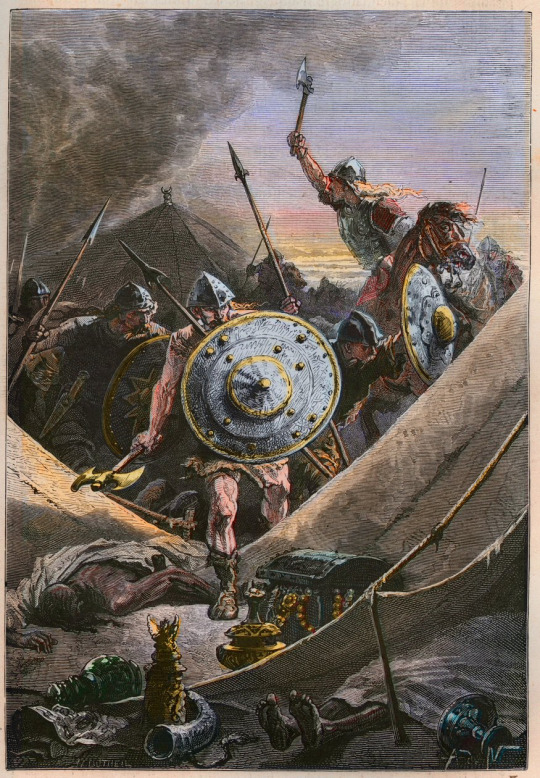
The Franks led by Charles Martel attack the Saracen military camp at the Battle of Tours, halting the Muslim invasion in the year 732
#charles martel#battle of tours#battle of poitiers#franks#frankish#moors#invasion#germanic#france#art#history#middle ages#medieval#europe#european#muslim#christian#christianity#islam#war#battle
86 notes
·
View notes
Photo
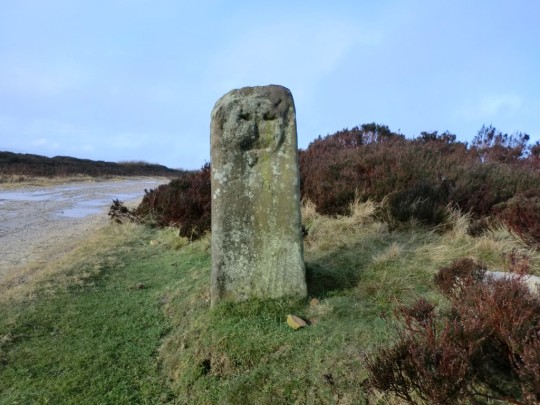
Face stone, Urra Moor, North Yorkshire
5K notes
·
View notes
Text
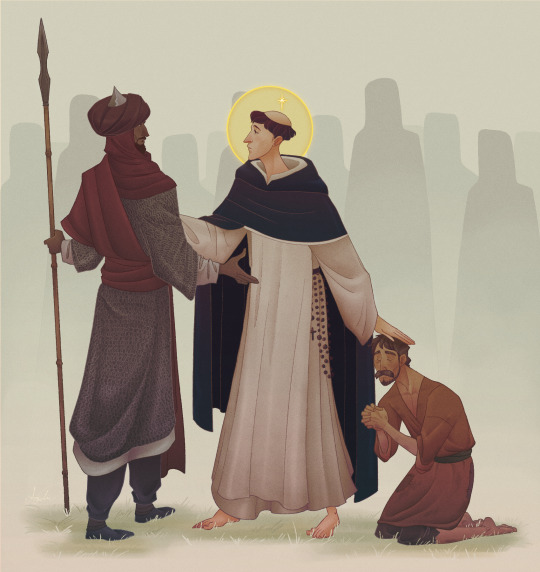
Once or twice, St. Dominic offered to sell himself into slavery in exchange to free the unfortunates who were imprisoned.
.
This man will not hesitate to give charity, even going forth to sell his books to help.
I've been reading a lot of stories of different saints and planning on making art pieces of it 'cause I find them really interesting.
#This also shows his unwavering act of compassion to the suffering of others#making him a patron saint for the falsely accused.#St. Dominic De Guzman#Saints#my art#Catholic art#Christianity#Order of Preachers#friars#monks#moors
218 notes
·
View notes
Text

An isolated house on the moor, site of three hauntings across a hundred year span in Chill: Haunter of the Moor (Stephen D Sullivan illus, Pacesetter, 1984)
#Chill#Stephen Sullivan#haunted house#gothic horror#full moon#horror#Haunter of the Moor#horror gaming#horror RPG#moor#moors#Pacesetter
229 notes
·
View notes
Photo
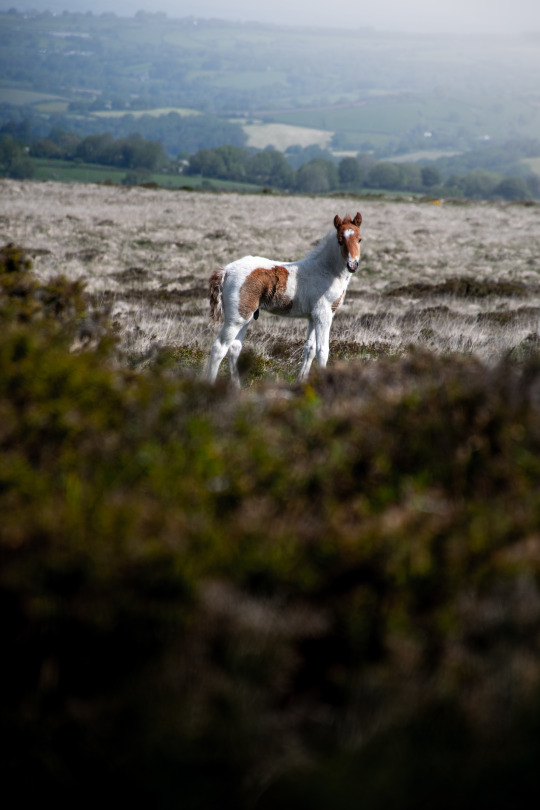

A beautiful wild pony foal roaming the moors of Dartmoor National Park
#alexmurison#foal#horse#dartmoor#photographers on tumblr#nature#wildlife#wander#wanderlust#wilderness#wilderness culture#cute#Aesthetic#beautiful#moors#nature photogtaphy#lensblr#get outside#walk#walking#hike#hiking#adventure#explore#explore more#never stop exploring
266 notes
·
View notes
Text
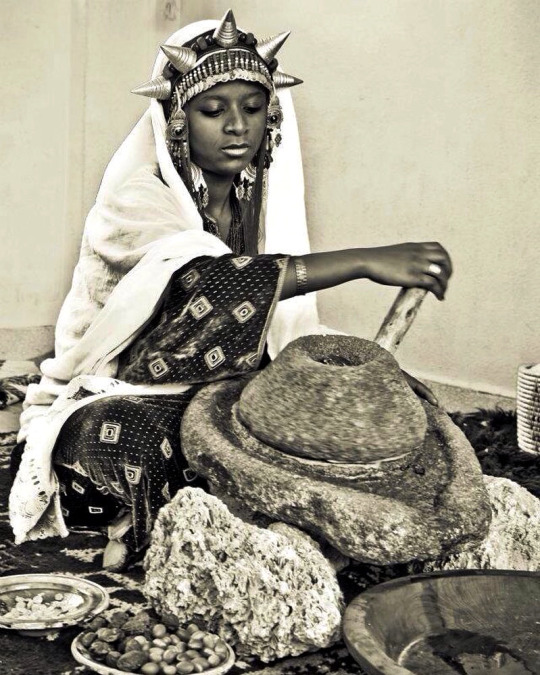
A Berber woman making Argan Oil
132 notes
·
View notes
Text
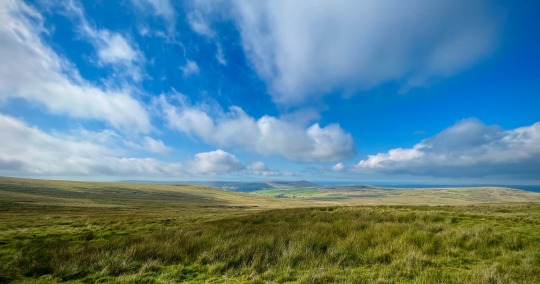
photographer - shy-girl04 : Pembrokeshire, 2023
I would like to step out of my heart
and go walking beneath the enormous sky
Rainer Maria Rike: "Lament" from The Book of Hours
35 notes
·
View notes
Text



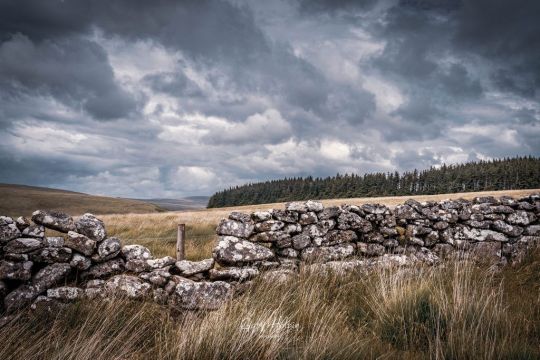
So, which is your WINNER in this week's
Sunday Vote!👇
1. Bonehill sunset
2. Sunset at the standing stone
3. Sunset over bluebells
4. Stormy day on the moors
📸 Gary Holpin Photography
#Gary Holpin Photography#Sunset#Sunsets#Bonehill#Standing Stone#Bluebells#Stormy#Moors#Daily Photos#Devon#Dartmoor#Sunday Vote#Amazing#Beautiful#Nature#Travel#Photography
43 notes
·
View notes
Text

WHEN BLACK-MEN RULED THE WORLD
Some Things You Did Not Know About the Moors of Spain
1. The Spanish occupation by the Moors began in 711 AD when an African army, under their leader Tariq ibn-Ziyad, crossed the Strait of Gibraltar from northern Africa and invaded the Iberian peninsula ‘Andalus’.
2. A European scholar sympathetic to the Spaniards remembered the conquest in this way:
a. The reins of the Moors horses were as fire, their faces black as pitch, their eyes shone like burning candles, their horses were swift as leopards and the riders fiercer than a wolf in a sheepfold at night . . . The noble Goths [the German rulers of Spain to whom Roderick belonged] were broken in an hour, quicker than tongue can tell. Oh luckless Spain!
Quoted in Edward Scobie, The Moors and Portugal’s Global Expansion, in Golden Age of the Moor, ed Ivan Van Sertima, US, Transaction Publishers, 1992, p.336
3. The Moors, who ruled Spain for 800 years, introduced new scientific techniques to Europe, such as an astrolabe, a device for measuring the position of the stars and planets. Scientific progress in Astronomy, Chemistry, Physics, Mathematics, Geography and Philosophy flourished in Moorish Spain.
4. Basil Davidson, one of the most noted historians recognized and declared that there were no lands at that time (the eighth century) “more admired by its neighbours, or more comfortable to live in, than a rich African civilization which took shape in Spain”
5. At its height, Córdova, the heart of Moorish territory in Spain, was the most modern city in Europe and the world. The streets were well-paved, with raised sidewalks for pedestrians. During the night, ten miles of streets were well illuminated by lamps. This was hundreds of years before there was a paved street in Paris or a street lamp in London. Cordova had 900 public baths – we are told that a poor Moor would go without bread rather than soap while the then
Queen of England never had a bath!
6. The Great Mosque of Córdoba (La Mezquita) is still one of the architectural wonders of the world in spite of later Spanish disfigurements. Its low scarlet and gold roof, supported by 1,000 columns of marble, jasper and and porphyry, was lit by thousands of brass and silver lamps which burned perfumed oil.
7. Education was universal in Moorish Spain, available to all, while in Christian Europe more than ninety-nine percent of the population were illiterate, and even kings could neither read nor write. At that time, Europe had only two universities copied from Spain, the Moors had seventeen great Universities! These were located in Almeria, Cordova, Granada, Juen, Malaga, Seville, and Toledo in which the majority of the lecturers were women.
8. In the tenth and eleventh centuries, public libraries in Europe were non-existent, while Moorish Spain could boast of more than seventy, of which the one in Cordova housed six hundred thousand manuscripts.
9. Over 4,000 Arabic words and Arabic-derived phrases have been absorbed into the Spanish language. Words beginning with “al,” for example, are derived from Arabic. Arabic words such as algebra, alcohol, chemistry, nadir, alkaline, and cipher entered the language. Even words such as checkmate, influenza, typhoon, orange, and cable can be traced back to Arabic origins.
10. The most significant Moorish musician was known as Ziryab, the Blackbird who arrived in Spain in 822. The Moors introduced earliest versions of several instruments, including the Lute or el oud, the guitar or kithara and the Lyre. Ziryab changed the style of eating by breaking meals into separate courses beginning with soup and ending with desserts.
11. The Moors introduced paper to Europe and Arabic numerals, which replaced the clumsy Roman system.
12. The Moors introduced many new crops including the orange, lemon, peach, apricot, fig, sugar cane, dates, ginger and pomegranate as well as saffron, sugar cane, cotton, silk and rice which remain some of Spain’s main products today.
13. The Moorish rulers lived in sumptuous palaces, while the monarchs of Germany, France, and England dwelt in big barns, with no windows and no chimneys, and with only a hole in the roof for the exit of smoke. One such Moorish palace ‘Alhambra’ (literally “the red one”) in Granada is one of Spain’s architectural masterpieces. Alhambra was the seat of Muslim rulers from the 13th century to the end of the 15th century. The Alhambra is a UNESCO World Heritage Site
14. It was through Africa that the new knowledge of China, India, and Arabia reached Europe. The Moors brought the Compass from China into Europe.
15. The Moors ruled and occupied Lisbon in Portugal (named “Lashbuna” by the Moors) and the rest of the country until well into the twelfth century. They were finally defeated and driven out by the forces of King Alfonso Henriques. The scene of this battle was the ‘Castle of St. George.’
Beginning in the 12th century and continuing for hundreds of years, the Inquisition was infamous for the severity of its tortures and its persecution of Jews and Muslims. Its worst manifestation was in Spain, where the Spanish Inquisition was a dominant force for more than 200 years, resulting in some 32,000 executions.
147 notes
·
View notes
Text

#kevinwakswilliams#kevin wak williams#black art#free your mind#dr ivan van sertima#dr frances cress welsing#blackamoor#marcus garvey#moorish#moor#moors#dr joy degruy#stacy tisdale#runoko rashidi#martin luther king quotes#lois mailou jones#madam cj walker#neely fuller jr#black wall street#black panther party of self defense
37 notes
·
View notes
Text


#sicilia#moroccan#persian#iran#iranian#sicily#italy#italia#sicilian sunset#morocco#moors#moorish#amazigh#tamazight#imazighen#native beauty#indigenous#coquette#y2k#roman catholic#early 2000s#florida kilos#vintage americana#dollette#free palestine#middle eastern#north africa#cheetah#nail art#europe
20 notes
·
View notes
Text
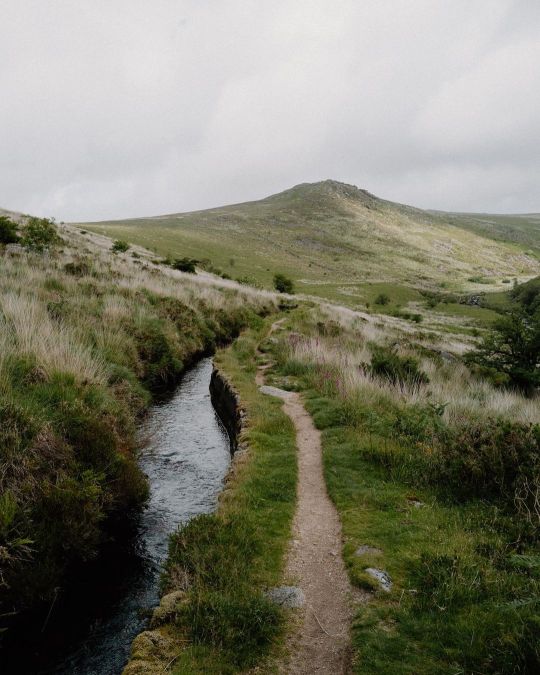
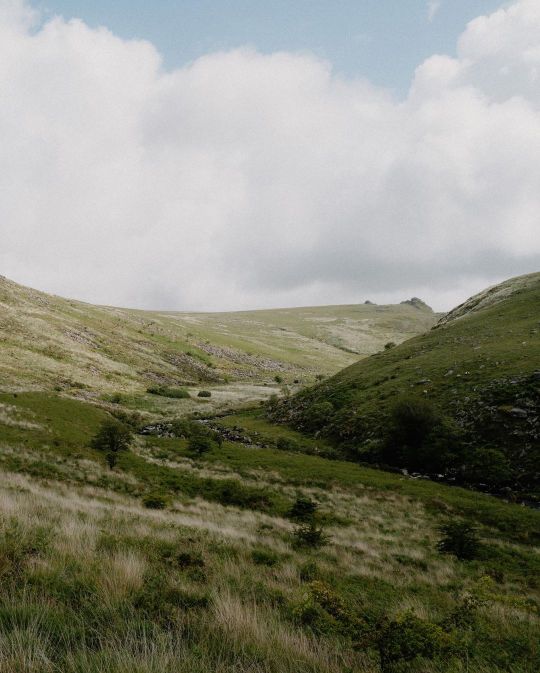
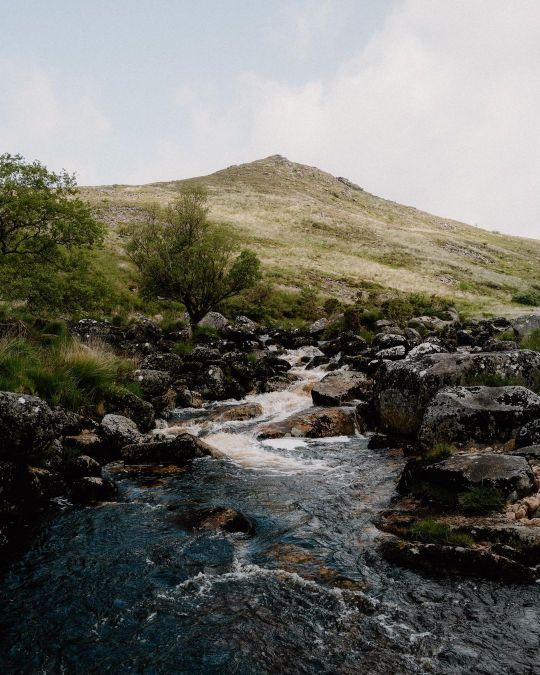
Dartmoor • Simon Hird
#dartmoor#devon#england#nature#naturecore#photography#travel#hills#river#water#moors#landscape#curators on tumblr
425 notes
·
View notes
Text
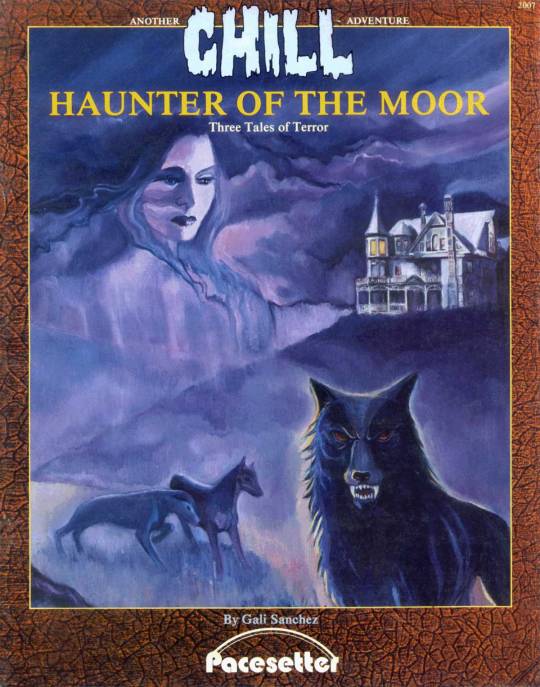
Howling on the moor; there are always howlings on the moor. (Cover painting by Zoya for Haunter of the Moor, three adventures by Gali Sanchez for Chill, Pacesetter, 1984). The scenarios "Three Dog Night," "Bad Moon Rising," and "The Revenge" are set in 1894, 1940, and 1982 respectively, but at least two of those titles evoke listening to 1970s radio.
#Chill#Zoya#ghost#haunted house#barghest#ghost dog#gothic horror#horror#moor#moors#horror gaming#horror rpg#Pacesetter#Gali Sanchez
60 notes
·
View notes
Text

Soaked on the moor
#rombalds moor#moors#moorland#black and white#monochrome#bnw#bnw photography#bw#bw photography#outdoors#outdoor photography#april showers#weather#bad weather#rain#spring#spring time#yorkshire#uk#photography is my therapy#photographers on tumblr#original work#original content#black and white photography#original photographers#all my own work#nature
17 notes
·
View notes
Photo

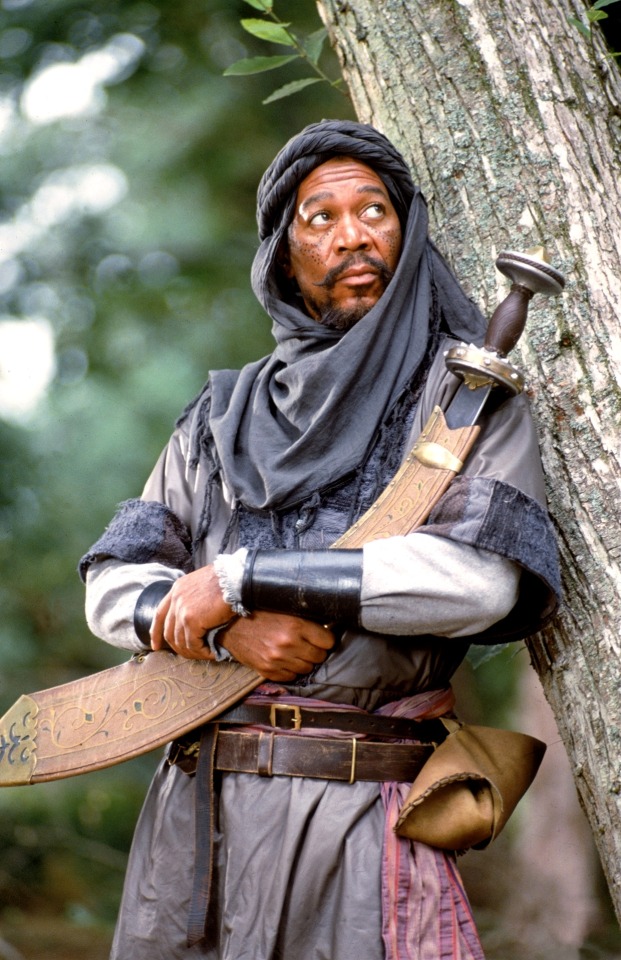
Morgan Freeman starring as Azeem the Moor in Robin Hood: Prince of Thieves (1991)
247 notes
·
View notes
Text
Attempts by Philip II to ban the Arabic language and eradicate Moorish heritage in Spain in the 16th century had far-reaching implications which continue to this day. Part of a strategy to impose a homogenous Christian identity, analyzing these events reveals the implications of religious fervor and ethnic cleansing which perpetuate cycles of conflict and societal division across generations.
For despite efforts to challenge the cultural vestiges of 800 years of Islamic rule, the resilience of the Moriscos—descendants of Muslims who converted to Christianity—has continued to shape the cultural landscape of the Iberian Peninsula.
18 notes
·
View notes